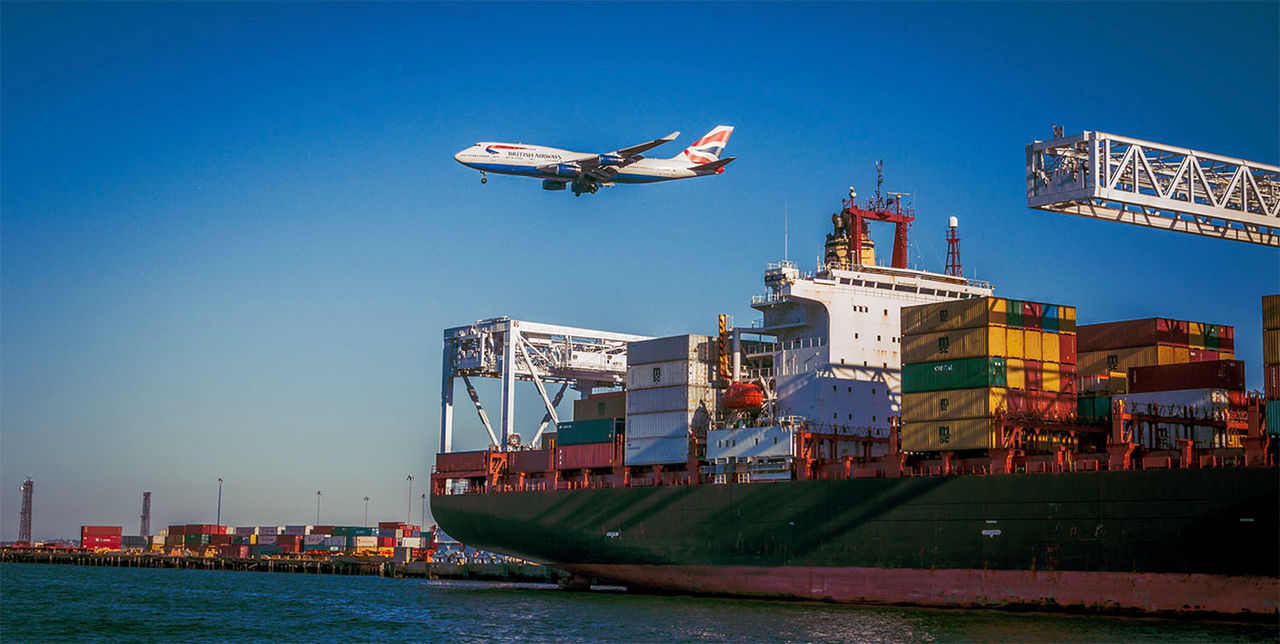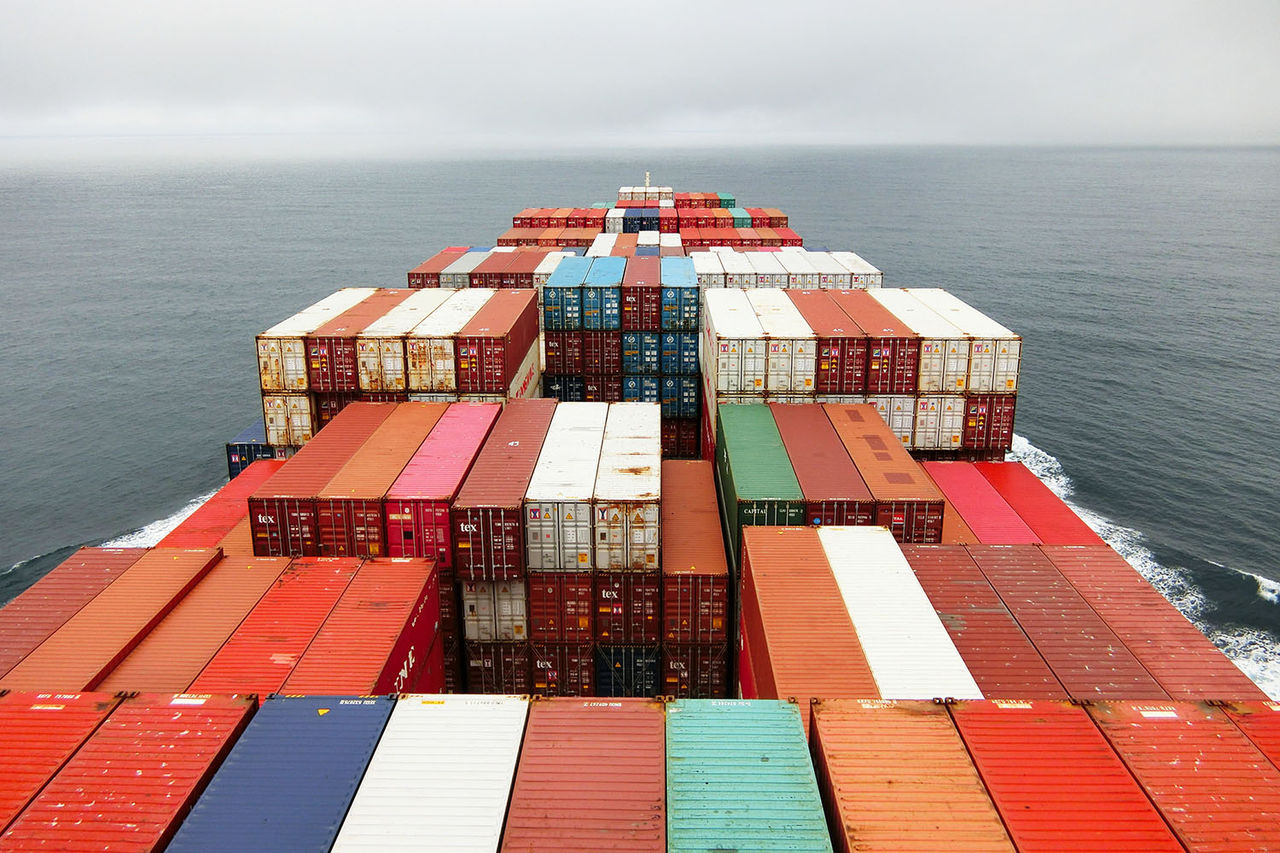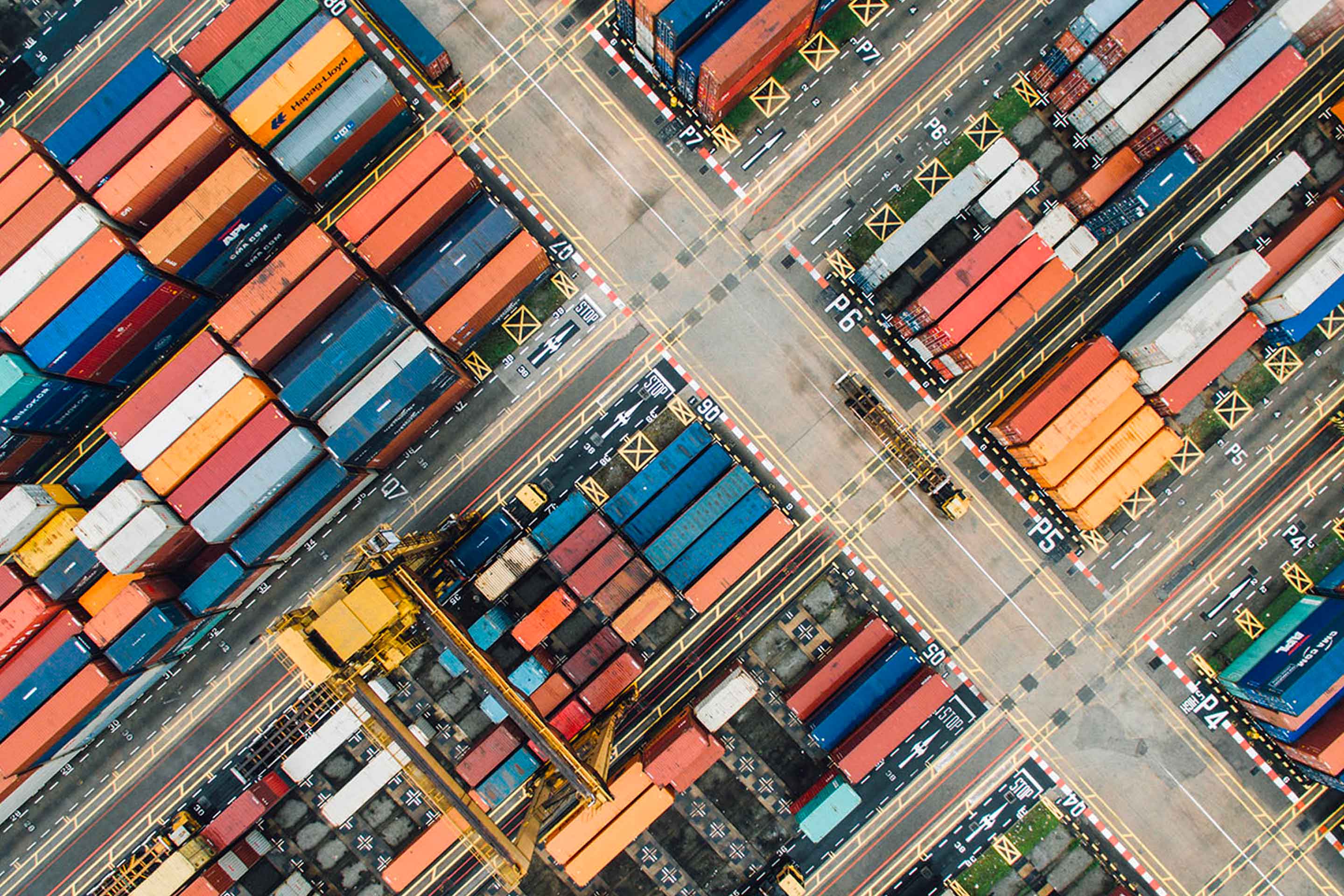After wild fires raged throughout Australia in January, and an environment agenda at this year’s Davos Forum, climate change is once again hitting the headlines. However, although freight shipping delivers more than 90 percent of the world’s trade, it’s actually a lot lighter on the environment than you may expect, and is considerably greener per mile than the main alternatives.
So what makes freight shipping a stronger environmental bet than its rivals?
It’s all about numbers
According to DNV GL, the freight shipping industry delivers more than 90 percent of the world’s trade, yet accounts for just two-three percent of anthropogenic (human-based) CO2 emissions. By contrast, air cargo is used for just one percent of overall freight movement, yet accounts for a similar two percent output of anthropogenic CO2.
It’s clear that air freight has beats when it comes to speed, but it can’t get close regarding sheer volume, with shipping able to move a far, far larger amount of goods for the same given amount of fuel.
Even a regular container ship is able to carry around 4,000 20-foot containers, accounting for some 40,000 tonnes, while the biggest container ships are now capable of moving 18,000 20-foot containers – enough, according to the BBC, to fill more than 30 railway trains, each a mile long and stacked two containers high.
At 10-12 tonnes per container, and 180,000-216,000 tonnes in total for the world’s biggest ships, there’s a massive contrast with freight planes, with machines like the Boeing 747-400 capable of carrying around 30 pallets of goods and a maximum payload of 113 tonnes for any one journey.
Scale makes a massive difference when it comes to the carbon footprint of moving goods around the world, and it results in some eye-opening figures. For example, according to Airportwatch and a DEFRA report, two tonnes of freight carried 1,000km by container ship produces just 30kg of CO2. For comparison, the numbers work out at 42kg by diesel train, and a staggering 4,138kg by air.

The ability to strive for efficiency
Being able to move far more goods in a single journey than any of its rivals isn’t the only key area where shipping outshines aviation, and it’s the ability to innovate and strive for efficiency that’s really making inroads into cutting emissions.
We’re seeing shipping companies like Maersk change the design of their ships, with the introduction of higher wheel houses making it possible to stack and carry more containers for the same amount of fuel, while increasingly efficient propeller designs enable ships to travel at more economic speeds, both in terms of cost and lower emissions. We’re also seeing smarter engine management systems being introduced, with engines optimised to work as efficiently as possible at all different load speeds.
Maersk highlights these factors in its reduction of CO2 emissions by a massive 41 percent over the past decade, which contrasts sharply with a freight airline industry that’s now estimated to be around 70 percent higher than it was in 2005, according to globalgreenfreight.org.

Working with industry bodies to reduce emissions further
Companies like Maersk and Odfjell Management AS are driving change to a more environmentally friendly future, but shipping companies and operators aren’t working alone.
We’re also seeing a push from the International Maritime Organization (IMO) for the shipping industry to reduce Greenhouse Gas Emissions (Greenhouse Gas Emissions) even further, with the aim of cutting GHG emissions by at least 50 percent by 2050 compared to 2008 levels.
As a result, shipping companies are looking at other ways to slash emissions, including the use of alternative and greener fuel sources, and a future that could include carbon-neutral hydrogen-based fuels.
Measured by kg per mile, freight shipping already offers the greenest way of transporting goods, but by embracing the latest technology we could see the shipping industry make an even more compelling case for itself.














